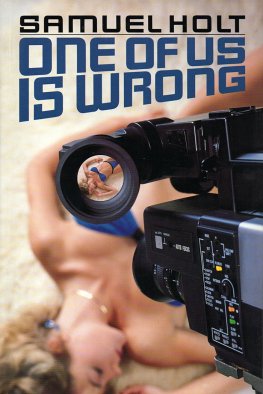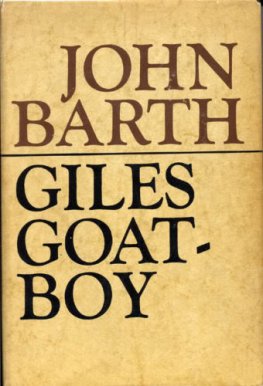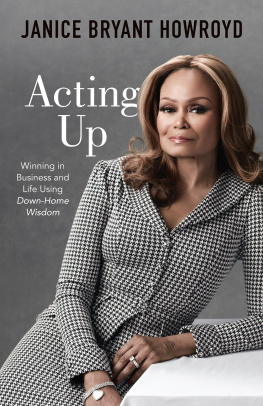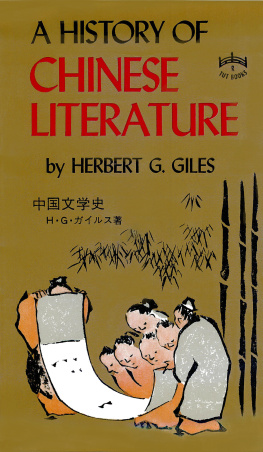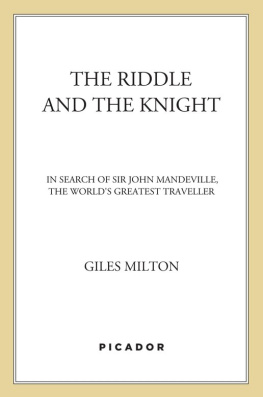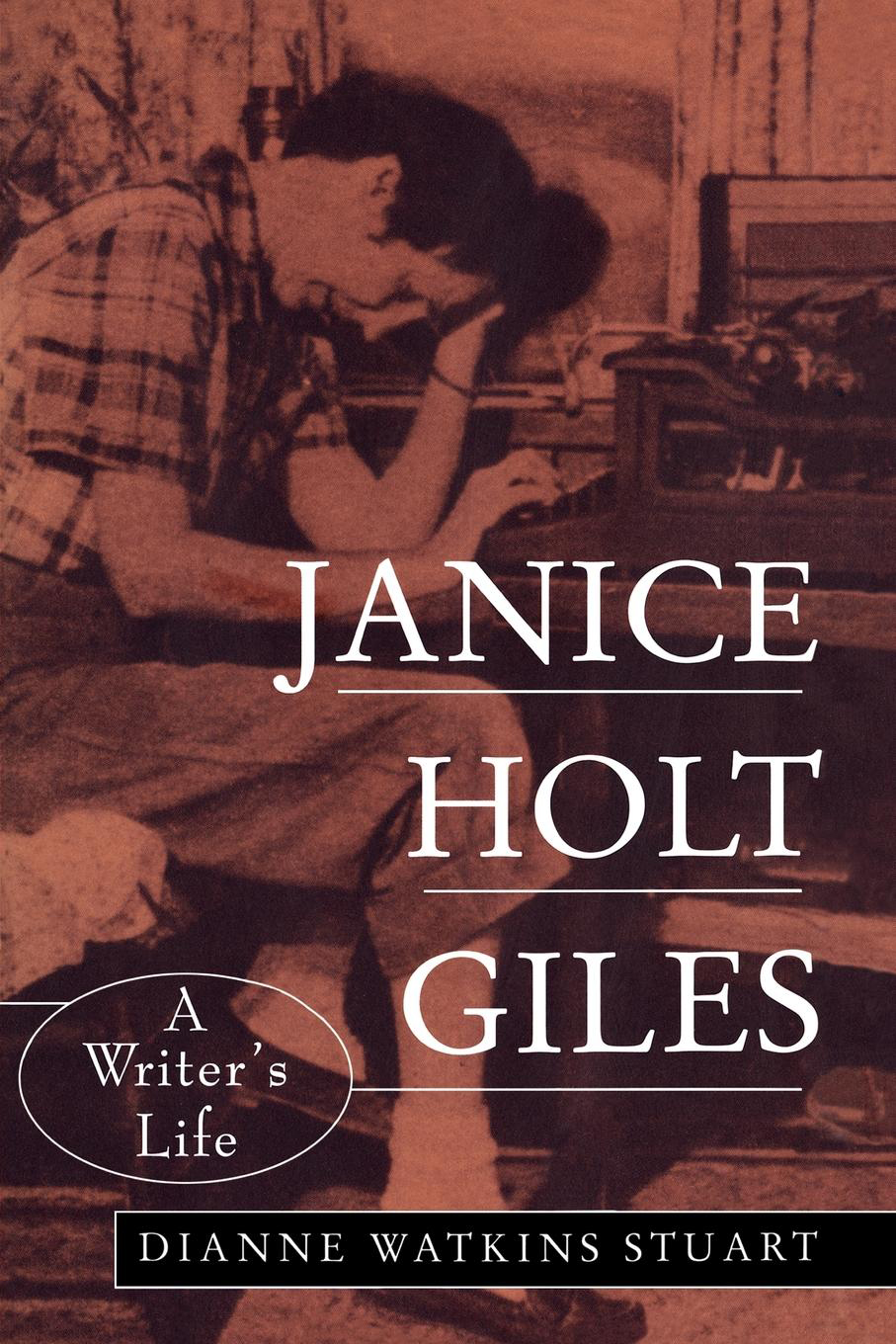Janice Holt Giles

Janice Holt Giles
A Writers Life
Dianne Watkins Stuart

Publication of this volume was made possible in part by
a grant from the National Endowment for the Humanities.
Copyright 1998 by The University Press of Kentucky
Paperback edition 2009
The University Press of Kentucky
Scholarly publisher for the Commonwealth,
serving Bellarmine University, Berea College, Centre
College of Kentucky, Eastern Kentucky University,
The Filson Historical Society, Georgetown College,
Kentucky Historical Society, Kentucky State University,
Morehead State University, Murray State University,
Northern Kentucky University, Transylvania University,
University of Kentucky, University of Louisville,
and Western Kentucky University.
All rights reserved.
Editorial and Sales Offices: The University Press of Kentucky
663 South Limestone Street, Lexington, Kentucky 40508-4008
www.kentuckypress.com
Frontispiece: Janice Holt Giles, 1950
Cataloging-in-Publication Data is available from
the Library of Congress.
ISBN 978-0-8131-9311-3 (pbk: acid-free paper)
This book is printed on acid-free recycled paper meeting
the requirements of the American National Standard
for Permanence in Paper for Printed Library Materials.

Manufactured in the United States of America.

| Member of the Association of
American University Presses |
To Jim
Namaste
Contents
Illustrations follow
Preface
Kathy St. John, secretary and librarian of the First Baptist Church of Central City, Kentucky, had no idea she was directing a consequential adventure in my life when she handed me a book during my sophomore year of high school in 1956 and said, Here, youll like this. I did like the book, and the next and the next, written by Janice Holt Giles, whose first novel was published in 1950 and who, by 1956, had nine titles in print. I read them all and eagerly devoured each new book as it appeared in years to come.
I was fascinated with the strong, enduring character Hannah Fowler; the spirited, humorous Miss Willie; the courtship, marriage, and ridge life of Hod and Mary Pierce; the story of Giless own experience moving from the city to a forty-acre farm in Kentucky; the strange religious sect called Shakers; and the adventurous tales of sturdy pioneers and their descendants in her historical fiction. I looked forward to Giless books with great anticipation because I knew she would tell an excellent story in narrative filled with poetic imagery and always leave me with a happy ending. In spite of their trials, perils, and often tremendous difficulties, Giless characters always enduredstrengthened with faith and optimistic perseverance.
Years later, I began rereading Giless novels and discussed The Believers with Penny Harrison at a Sunday afternoon tea in 1982. Neither Penny nor I suspected the events that would transpire after she told me that Janice Holt Giles had donated the greater part of her manuscript materials to Library Special Collections at Western Kentucky University in Bowling Green, where she had done much of her research.
After taking my five children to school, I visited the Kentucky Building, where Penny was archivist in the manuscripts division, and was captivated to hold in my hands the actual correspondence Giles had written and received from her editors and literary agency, as well as letters from her daughter and the courtship letters from Henry Giles.
I returned day after day and sat for hours mesmerized with Giless personal papers until time to pick up my children. I will never forget the emotions I felt when I read the prophetic words in a letter from Henry Giles to Janice Moore three months after their meeting on a bus in Bowling Green. Once I almost asked you if you ever tried writing poetry. Or at writing stories of any kind, but somehow I decided not to. It seems you could write almost anything.
At the end of my second week of intrigue, Penny Harrison entered the room, discussing a graduate student assistantship with librarian Connie Mills; she casually mentioned that I should take some graduate courses and consider the assistantship. Shh, I said, let me read. But before I left, I inquired more about the job. By the next day, I was enrolled in the Folk Studies program and working in the building that housed the Giles manuscript collection. In June 1985 the faculty position of Education Curator of the Kentucky Museum, in the Kentucky Building, became available, and I was encouraged to apply. My employment in museum education for nearly a decade and my participation in the life study of Janice Holt Giles were serendipitous.
Elizabeth Hancock, Giless daughter, and Pansy Phillips, illustrator of A Little Better than Plumb, visited the Kentucky Building in September 1988 to attend a Womans Studies Conference during which a paper on Giles was presented. I was delighted to sit beside Libby Hancock at lunch and share with her my love of her mothers books and my appreciation for her manuscript materials. In talking to Libby about how interesting I found Henry Giless correspondence and how apropos it was at that time, nearing the fiftieth year since the beginning of World War II, I said, You should do something with your mothers letters. She replied, You should do something with Mothers letters, and promised her support and assistance in every way. As a result, Hello Janice: The Wartime Letters of Henry Giles was published by the University Press of Kentucky in 1992.
During the reviewing and editing of the manuscript, I was introduced to Wade H. Hall, chairman of Humanities at Bellarmine College. Professor of English and avid collector of Kentucky books, Wade has great respect for Giless writing. He had reviewed several of her novels for the Louisville Courier-Journal at the time of their appearance. His interest, encouragement, and suggestions for revisions were vital to the publication of Hello Janice.
In May 1991 I was invited to give a biographical presentation on Janice Holt Giles and also address sense of place in her writings at a symposium at Campbellsville College, Campbellsville, Kentucky, co-chaired by Wade Hall. During the two-day meeting, I spoke at length with Wade about Giles. He remarked, You must write her biography. You know more about her than anybody.
In September 1991 I began traveling the state to present programs about Giles for the Kentucky Humanities Council Speakers Bureau. During an evening in the Adair County Public Library I met Evelyn McCloud, a native of the region who had at one time lived with her seven children in a house belonging to Miss Piney, located at the foot of the Ray Williams Road where Henry Giles grew to manhood. Since Evelyn was of the ridge, her friendship and introductions to people who knew the Gileses gained me acceptance and established immediate trust. Countless hours of interviews with ridge folks in Evelyns company helped provide me with an intimate understanding of a talented author.


